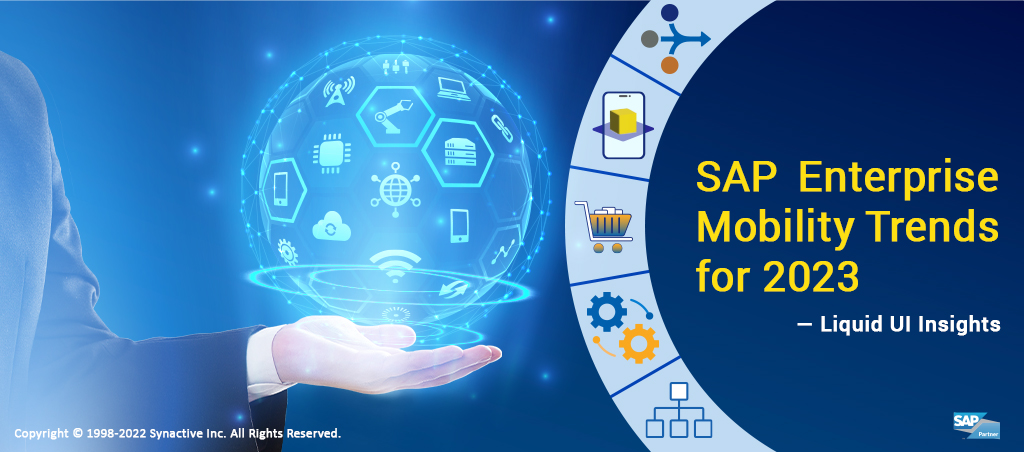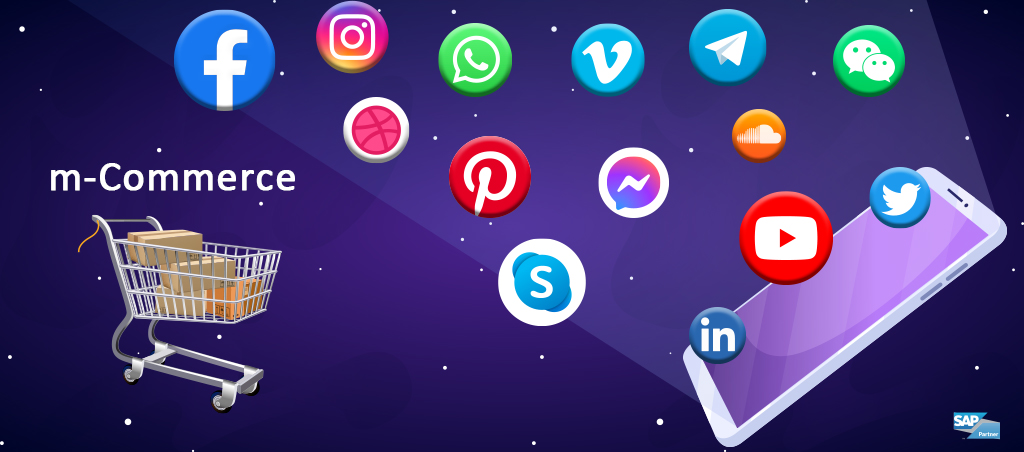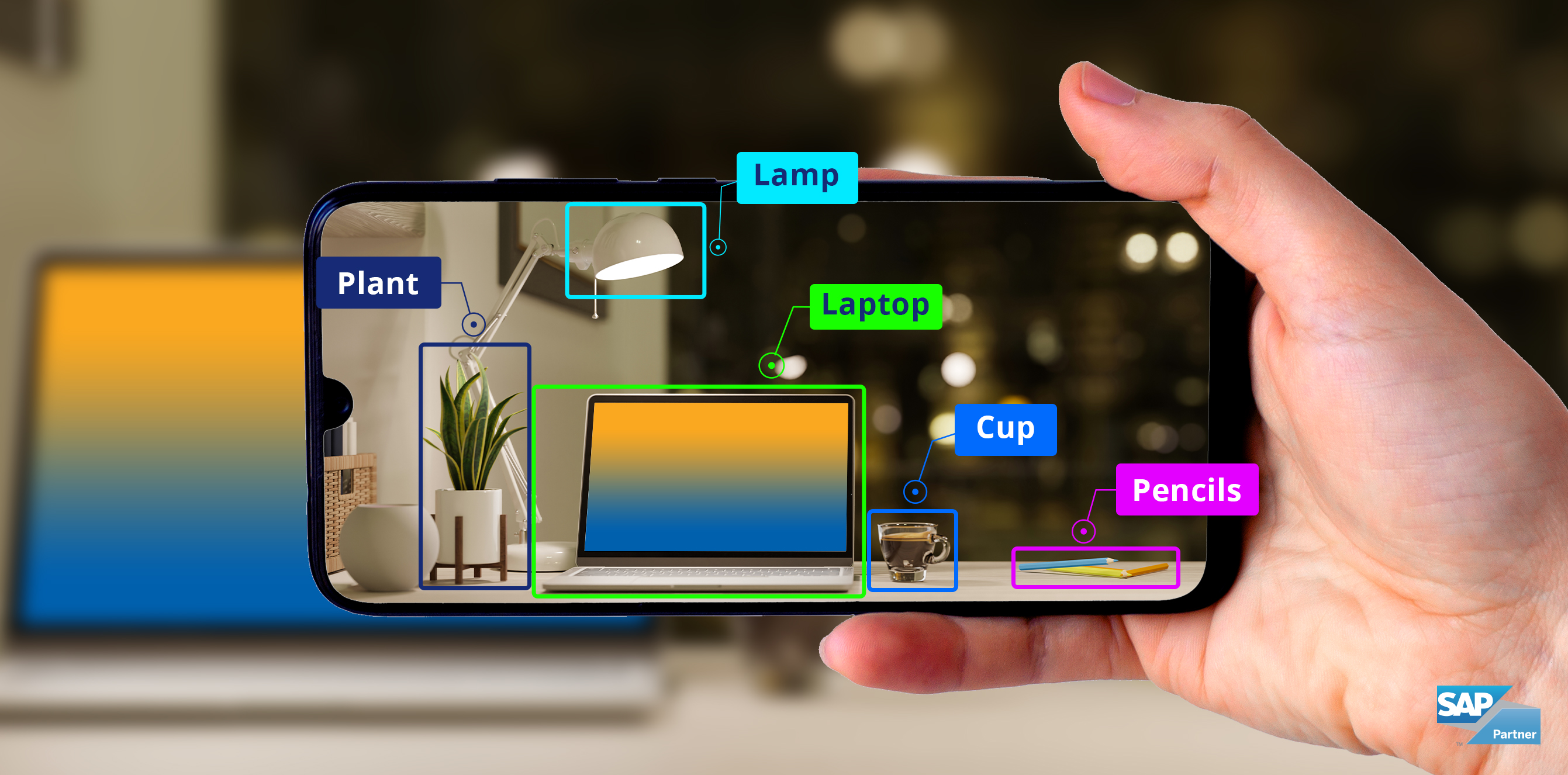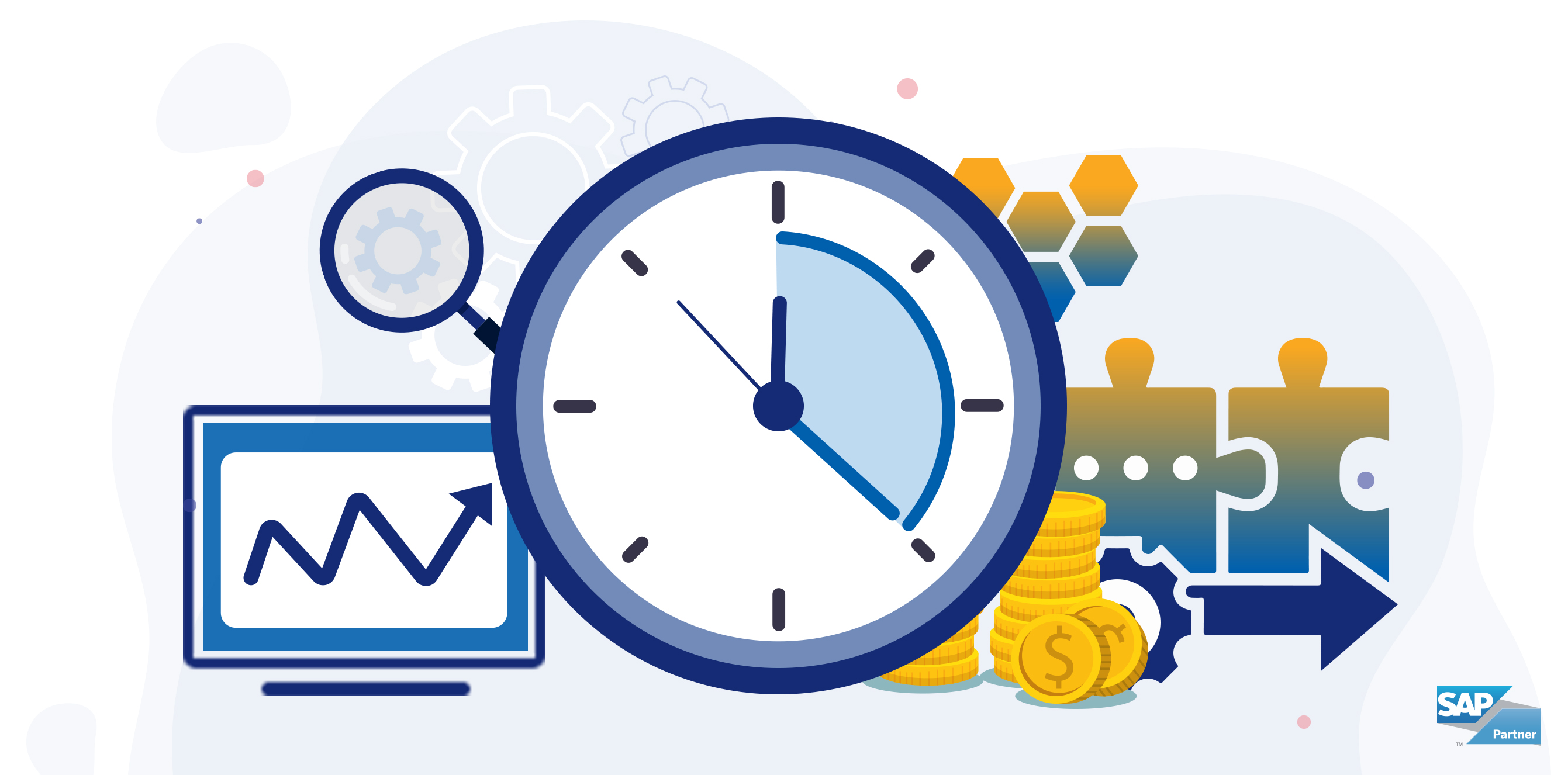
Mobile applications are not new to SAP businesses. Every SAP Enterprise aims to maximize the Return On Investment (ROI) and keep up with the pace of changing digital landscape to remain competitive in the market.
According to a survey, 88% of growing businesses reported that when working away from computers or outside the office, their employees use mobile devices to access company and work-related information. Moreover, 94% of businesses claimed that mobile apps improved productivity.
What else should enterprises specifically focus on when creating apps?
Before moving to the SAP Mobility Trends for 2023, let’s look at the app development trends demonstrating the requirement to create modern apps that meet the specific customer requirements listed below.
- Customers' needs should come first and be given priority. In the age of multiple apps running simultaneously on display, users want apps that are easy to use, integrate features, and support fluid switching back and forth. Customers are pleased that intelligent features have improved their mobile shopping experience.
- Powerful apps thrive on contemporary technologies to embrace new technologies and add value for customers. It is crucial to put customer needs and features at the center of development work rather than the goal of creating a cutting-edge app with a variety of features.
- Extensive testing is required during the development stage to ensure that apps adhere to crucial business requirements like performance, user-friendliness, and data security. This includes both functional and non-functional tests that assess responsiveness, functionality, offline support, or cross-browser compatibility.
- Last but not least, companies can create their own apps or have one developed for them. It is possible to enlist the help of a seasoned service provider who uses a tried-and-true procedure for creating apps.
Top SAP Enterprise Mobility Trends for 2023
-
Mobile Commerce (M-Commerce)
 It is increasing along with the use of mobile devices. To market their goods independently of websites, many B2C businesses have long since established their online stores, including store apps. But m-commerce has dominated and is gaining popularity in the B2B market. As a result, it enhances user experience, boosts conversion rates, and improves the customer experience. The demand for mobile m-commerce applications is constantly rising, which is why the trend toward apps is likely to continue.
It is increasing along with the use of mobile devices. To market their goods independently of websites, many B2C businesses have long since established their online stores, including store apps. But m-commerce has dominated and is gaining popularity in the B2B market. As a result, it enhances user experience, boosts conversion rates, and improves the customer experience. The demand for mobile m-commerce applications is constantly rising, which is why the trend toward apps is likely to continue. -
Augmented Reality (AR)
 AR apps are used to blend virtual information with reality. In the B2C market, they are now commonplace. For instance, customers test whether a new set of glasses, clothing or makeup will fit them, as well as how a couch or lamp will look in their home. This app trend has fully taken hold in private life and still has a ton of potential in B2B. It is crucial to take advantage of this potential by hiring programmers to pick up this trend in app development and put it into practice in accordance with specifications.
AR apps are used to blend virtual information with reality. In the B2C market, they are now commonplace. For instance, customers test whether a new set of glasses, clothing or makeup will fit them, as well as how a couch or lamp will look in their home. This app trend has fully taken hold in private life and still has a ton of potential in B2B. It is crucial to take advantage of this potential by hiring programmers to pick up this trend in app development and put it into practice in accordance with specifications. -
Modularity, Integration, Liquidity
 Users today often use multiple apps simultaneously. Undoubtedly, one of the most significant trends in app development is making this user behavior as simple as possible for their customers. But how is that even possible? On the one hand, using a modular design can help keep the apps as compact as possible. This is because switching between modules of different applications is much faster than switching between inelegant apps that are crammed with features and take up a ton of storage space. Even more practical stands for the user to find various tasks in one app as needed rather than switching.
Users today often use multiple apps simultaneously. Undoubtedly, one of the most significant trends in app development is making this user behavior as simple as possible for their customers. But how is that even possible? On the one hand, using a modular design can help keep the apps as compact as possible. This is because switching between modules of different applications is much faster than switching between inelegant apps that are crammed with features and take up a ton of storage space. Even more practical stands for the user to find various tasks in one app as needed rather than switching.
In order to provide a comprehensive, native SAP GUI for your mobile device with two-factor native connectivity to S/4HANA, ERP, or ECC, Liquid UI continously updates its SAP applications on Android and iOS. Furthermore, directly integrate with SAP, bringing speed and agility to your SAP processes like PM, MM, SD, and WM, increasing user productivity. As a result, the hardware and operating system are only used to their full potential.
Liquid UI's language globalization enables personalization of the User Interface and improves your user's acceptance. Thus, helps you move faster and stay productive.
Grounds why SAP S/4HANA businesses should follow enterprise mobility trends
- Improved information access and boosted productivity.
- The well-connected solution as mobile apps is integrated.
- Increased performance and productivity by utilizing mobile-only features like GPS tracking.
- Significantly improve value by extending powerful functionalities outside offices, factories, and warehouses.
- Forecasting and data analytics enables businesses to take more proactive measures.
Why is Liquid UI the best resource for enterprises to acquire SAP Mobility?
Liquid UI for SAP integrates closely with a device’s existing features such as camera, mail, calendar, or gesture facilitating sophisticated features like notifications and badges, rule-based barcoding, on-the-go improved productivity with features, attachment with SFO, electronic signature, single sign-on, and much more for improved productivity.
- Report any unusual or exceptional activities in the plant area to the maintenance department.
- Documents like Change Sales Orders and Change Purchase Orders allow you to review not only them but also sign them.
- A picture or a video file can be instantly attached from your device to your SAP transaction.
- Wireless printing is possible directly from SAP.
- Using barcode scanning, you can populate data and schedule actions like auto-enter and auto-tabbing.
Since so many SAP S/4HANA solutions are currently cloud-based, their transition to mobile is only natural. Companies today must cater to the demands of a more mobile and remote workforce. As a result, many features of SAP S/4HANA solutions are becoming mobile-compatible.
Employees can access real-time data through their mobile SAP S/4HANA apps because WiFi networks are widely available and mobile data speeds have improved. For instance, field sales agents for B2B companies can receive real-time updates on product availability. Customers spend less time waiting because they can offer readily available products.
Mobile SAP S/4HANA systems are convenient even inside corporate walls. Key stakeholders and managers can make decisions in real-time thanks to push notifications. In addition, mobile-only features like fingerprint recognition, geolocation, and cameras facilitate data collection. Companies can now collect productivity data that would otherwise be challenging to gather.
To learn how Liquid UI, powered by RPA, can effectively streamline, mobilize, and automate SAP business processes for organizations:







